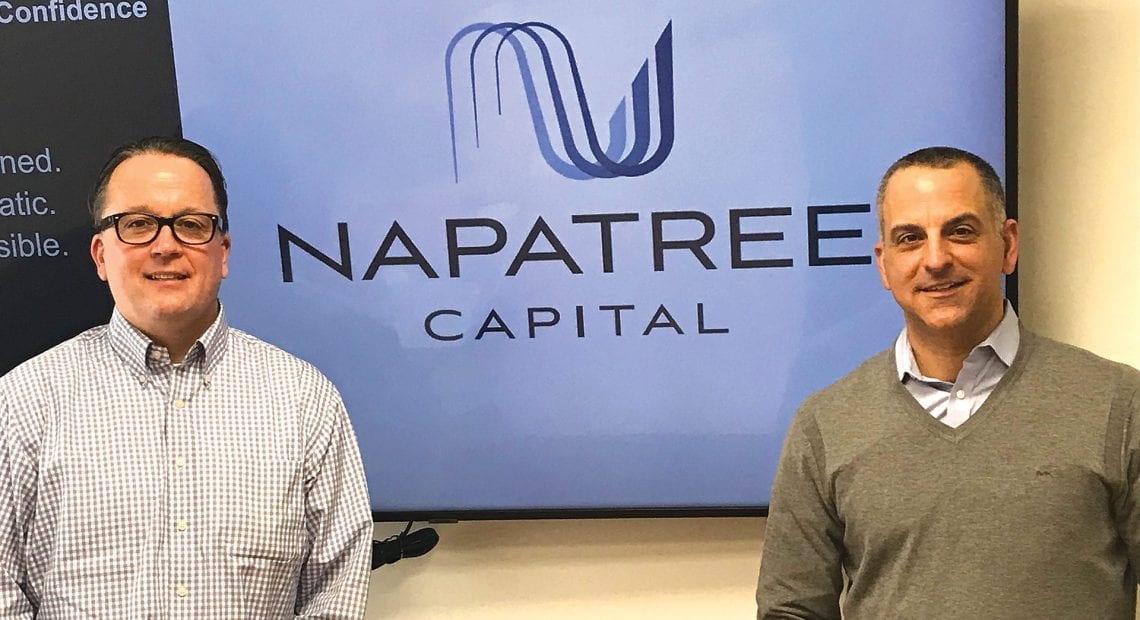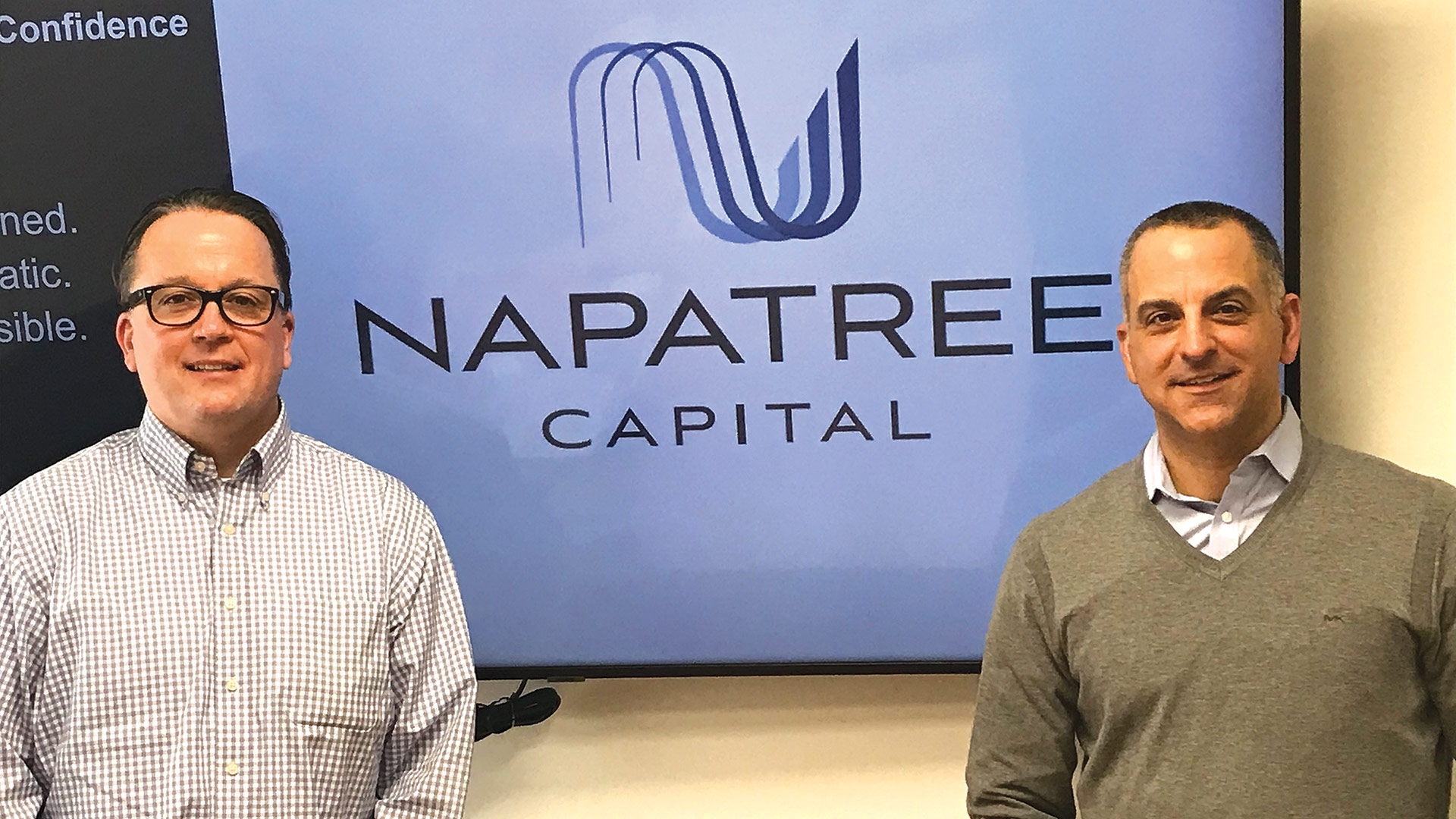Analysis by Jeff Liguori
Is Washington, D.C. broken?
The global rating agency, Fitch, certainly believes so. On Aug. 1, the company downgraded the credit of the United States one notch, from AAA to AA+. It is only the second time in history that our nation’s credit has been downgraded, the first in August 2011 by S&P. In its explanation, Fitch stated that the downgrade “reflects the expected fiscal deterioration over the next three years, a high and growing general government debt burden, and the erosion of governance relative to AA- and AAA-rated peers over the last two decades that has manifested in repeated debt-limit standoffs and last-minute resolutions.”
The move came as a surprise despite the agency hinting in May that the inability of Congress to effectively deal with the debt ceiling could lead to a downgrade. Once legislation was passed to raise the U.S. government debt limit, Fitch Ratings said the United States’ AAA credit rating would remain on negative watch. President Biden, Treasury Secretary Janet Yellen, and others in the administration have criticized the move as bizarre and arbitrary, careful to point out that the timing made no sense given the bipartisan effort to avoid a default in June.
The reaction by financial markets was somewhat mild considering the nearly unprecedented — and alarming — nature of the downgrade by Fitch. Bond prices went lower as yields continued higher, and the S&P 500 sold off about 1.3% — overall, a negative response. But 2023 has been a healthy year for investors thus far, with stocks up nearly 20% prior to the Fitch downgrade and a bond market about flat on the year, a stark contrast to 2022, when both markets were down double digits, an historical anomaly. So, what is the impact of a AA+ versus AAA rating for our government’s debt?
When S&P downgraded the U.S. government debt rating in 2011, global stock markets plunged and bonds rallied, driving interest rates lower. Typically, a downgrade in credit equates to higher — not lower — interest rates. But the uncertainty surrounding that downgrade pushed investors into safe-haven assets, namely U.S. treasuries, which illustrates that the move by S&P had no real implications for buyers of U.S. debt. It was a slap on the wrist, a consequence of massive accommodative fiscal measures intended to shore up a weak economy as the nation emerged from the greatest financial crisis since the Great Depression.
The rating agency was signaling that the U.S. had to get its fiscal house in order and Congress needed to come together to address the burgeoning debt. Like today, S&P had signaled to the Obama administration and U.S. Treasury that there was a risk of a downgrade about a month prior to the move. Stock markets lost roughly 10% of their value in the 30 days preceding the downgrade.
Fitch’s recent actions are consistent with its close competitor, S&P, in 2011. The U.S. debt, as a percent of gross domestic product (GDP), rose from 65% at the end of 2007 to 92% prior to the downgrade then. Before COVID locked down the economy, debt to GDP was just above 100%, ballooning to 135% by the middle of 2020. Currently, our debt is running at nearly 120% of GDP. And as interest rates rise, the situation worsens. (Growth in GDP can ameliorate this ratio, but the economy is not keeping pace with inflation presently.)
Similarities from the first downgrade to today are limited. Yes, the nation was emerging from crisis in 2011, the economy was flooded with stimulus spending, and Washington, D.C. was also unable to address our long-term fiscal issues. But the similarities end there.
Economically, global bond yields were falling prior to the downgrade in 2011, and central banks were still easing, dealing with the aftermath of the Great Recession. The unemployment rate was around 9%, high from a historical standpoint, but trending lower as the number of job openings were on the upswing. Debt to GDP was still under 100%, with most economists optimistic that further economic growth would remedy that dynamic. U.S. household debt had decreased about 8% and was also trending lower. The interest rate on a 30-year mortgage was about 4.5% and, again, trending lower.
Today, central bankers continue to fight persistent inflation, aggressively raising interest rates and tightening monetary conditions. The job picture remains sanguine, with the unemployment rate at 3.5%. Job openings, however, are now on the decline after sharply increasing from COVID lows. Household debt is on the rise, with total credit-card debt projected to hit $1 trillion for the first time ever. And housing affordability is at its worst level since the late 1980, according to the National Assoc. of Realtors, as the rate on a 30-year mortgage bumps up against 7%, an increase of 114% since the beginning of 2022.
There may be no economic adjustment to the rating downgrade by financial markets. Stocks have been incredibly resilient this year. The message by the Fitch agency is more about the United States having the willingness to pass legislation to deal with our debt burden, and less about the ability to pay our borrowers.
It is not an issue solely for the U.S.; after the Federal Reserve and U.S. government accounts, the largest holders of our debt are Japan, China, and the UK (in that order). The snowball effect of a default would be catastrophic. Almost every analyst and economist voicing an opinion on the downgrade, however, knows that an actual default is such a remote possibility for the largest economy in the world that it isn’t worth mentioning. And there’s no new information that brought on the downgrade.
It is a warning, nonetheless, and emblematic of our long-term political issues, which continue to hamper constructive fiscal progress.
Jeff Liguori is the co-founder and chief Investment officer of Napatree Capital, an investment boutique with offices in Longmeadow as well as Providence and Westerly, R.I.






